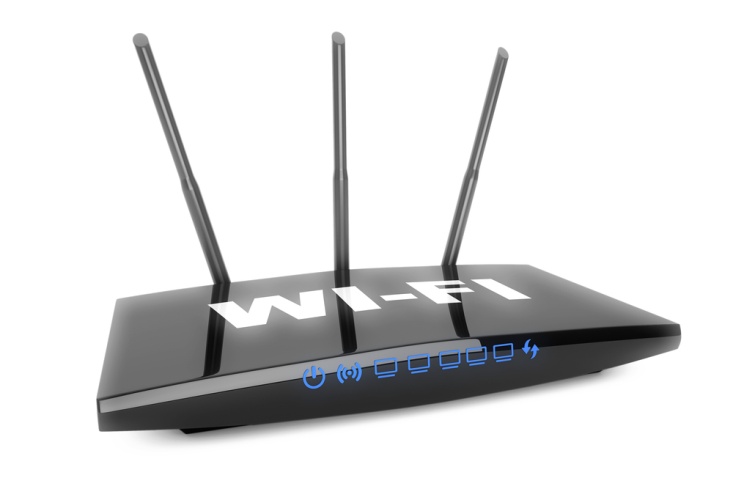

The nodes talk to each other wirelessly, meaning you don’t need to run any cables anywhere (except from your main router to the first mesh Wi-Fi node, which can be right next to the router). Using mesh Wi-Fi, you’ll get a number of Wi-Fi nodes (normally three or four) that extend your Wi-Fi signal. If you have a broader issue with Wi-Fi signal at home, rather than just needing to broadcast Wi-Fi through a single wall, it might be worth investing in a mesh Wi-Fi system. The only downside to this solution is the cost of buying the new access point. If you’re trying to broadcast Wi-Fi signal through a brick wall, or multiple walls, often it’s easiest to route your internet signal around the wall, and set up a new wireless access point on the other side. Wireless access points connect to your router via an Ethernet cable (you can use a powerline adapter instead if you’d prefer) and create a new Wi-Fi network that you can join. If using a powerline adapter wouldn’t work because you need Wi-Fi signal, you could also set up a new access point on the other side of the wall from your Wi-Fi router. You’ll still need a Wi-Fi connection to get online on your phone or tablet. The downside to them is they only work with devices that have an Ethernet port, such as computers and games consoles. Powerline adapters are relatively cheap to buy, and easy to set up. Once you turn on the power outlets, internet signal is transmitted between the two powerline adapters, along your home’s electricity cables, allowing you to get online without connecting to Wi-Fi. The other plugs into a power outlet near the device you want to get online with, and connects to the device with another Ethernet cable. One plugs into a power plug near your router, and connects to the router with an Ethernet cable. When you buy a powerline adapter kit, you will get two adapters. Rather than trying to boost your Wi-Fi signal so that it goes through a wall, you can use an Ethernet connection instead, without running an Ethernet cable, using something called a powerline adapter. Alternatively, you might have to turn off the 5.0 GHz network in your router’s settings, so that your devices don’t connect to it. To do this, you might just be able to switch to 2.4 GHz if your router broadcasts two separate Wi-Fi networks. If you’re trying to broadcast Wi-Fi through a wall, try to use the 2.4 GHz network, to improve your signal. 5.0 GHz is faster, but only has about a third of the range of 2.4 GHz Wi-Fi.2.4 GHz is a bit slower, but has a better range, and is better at penetrating walls, since it uses longer waves.Most modern Wi-Fi routers broadcast dual-band Wi-Fi, on the 2.4 GHz and the 5.0 GHz frequencies. In this guide, we’ve explained seven ways you can boost Wi-Fi signal through walls, and stop experiencing Wi-Fi interference, or poor signal in certain parts of your house. If you have a larger house, or live in a building with brick internal walls, you might be struggling with poor Wi-Fi signal in certain rooms.


 0 kommentar(er)
0 kommentar(er)
